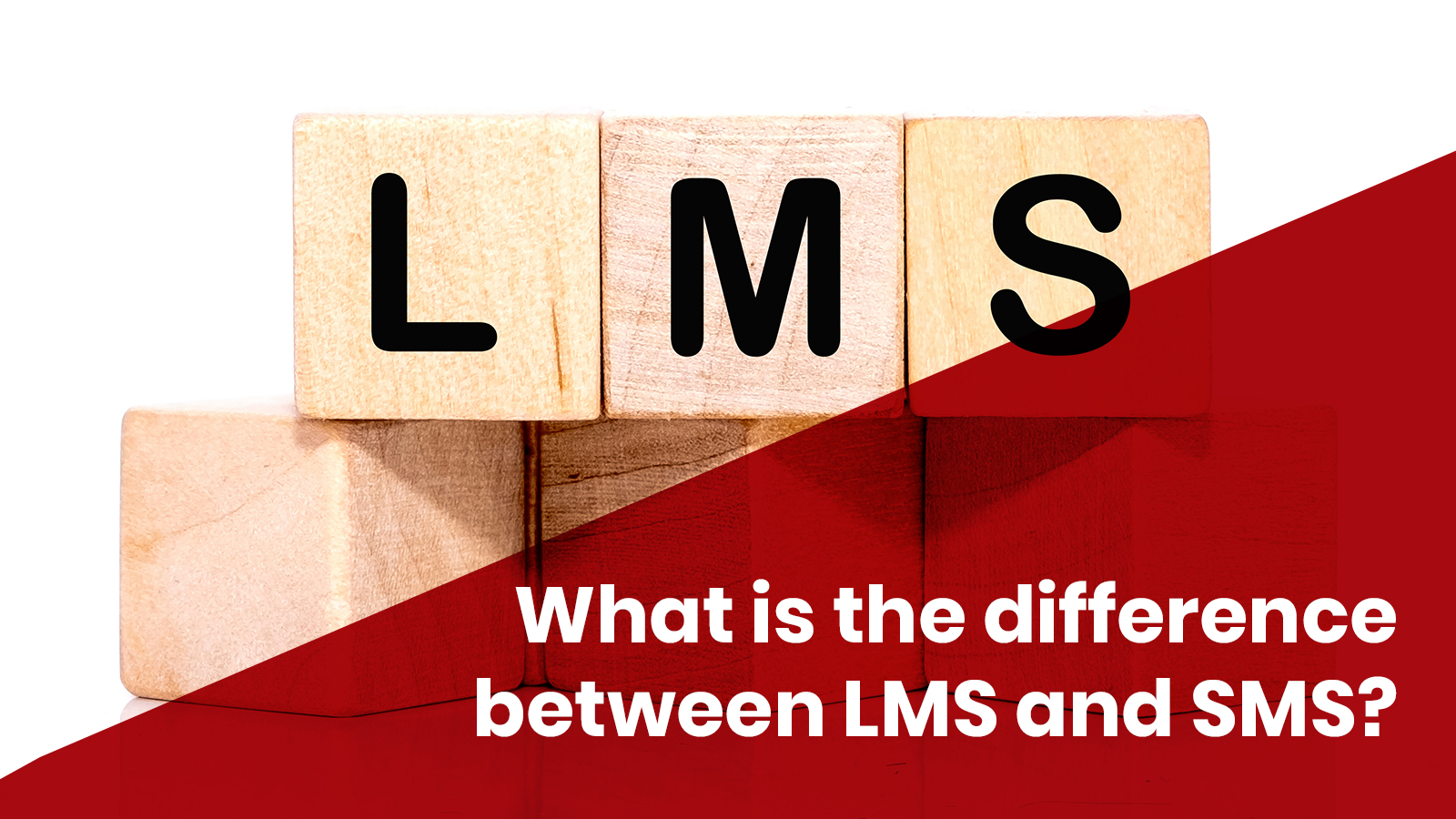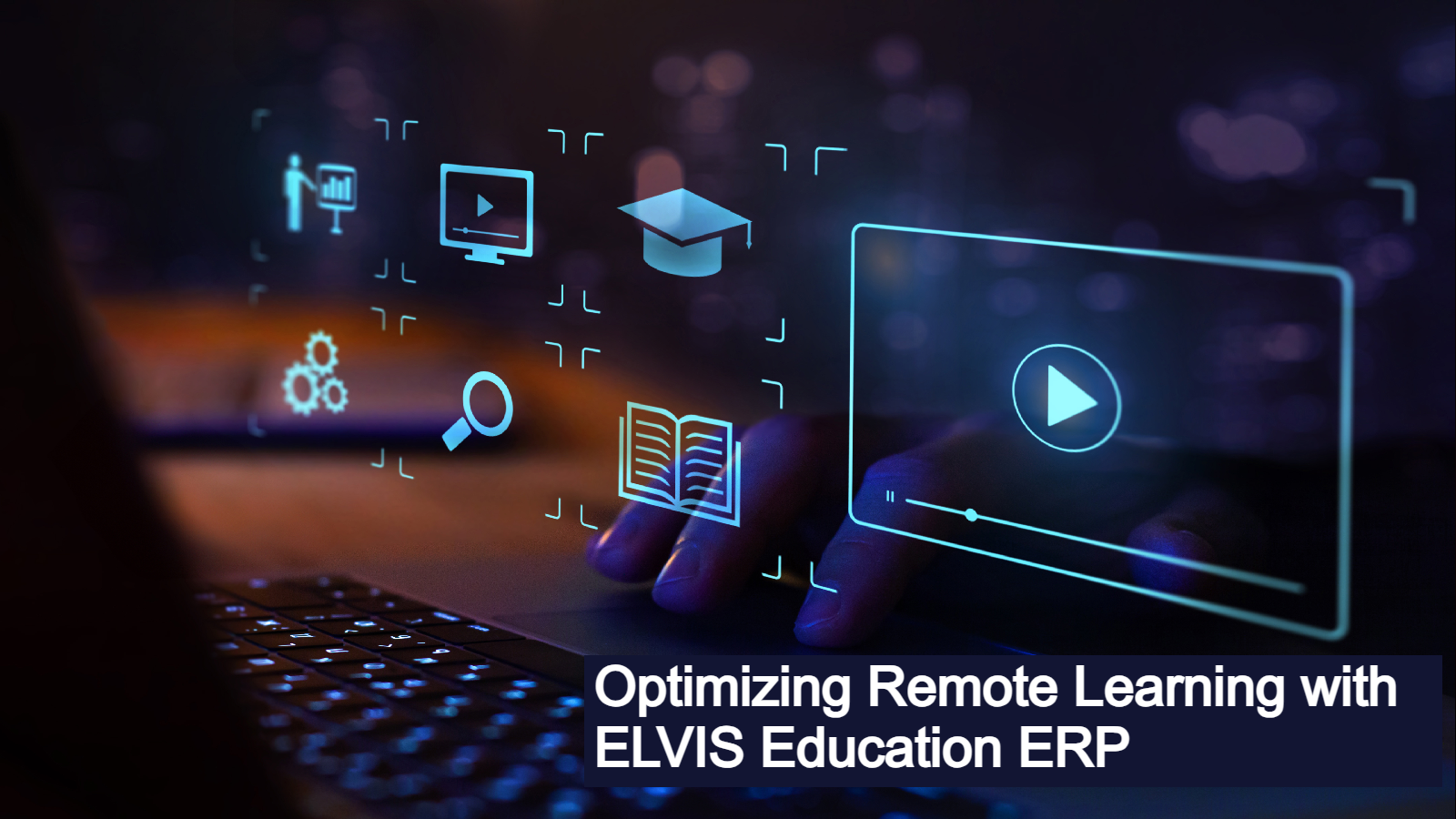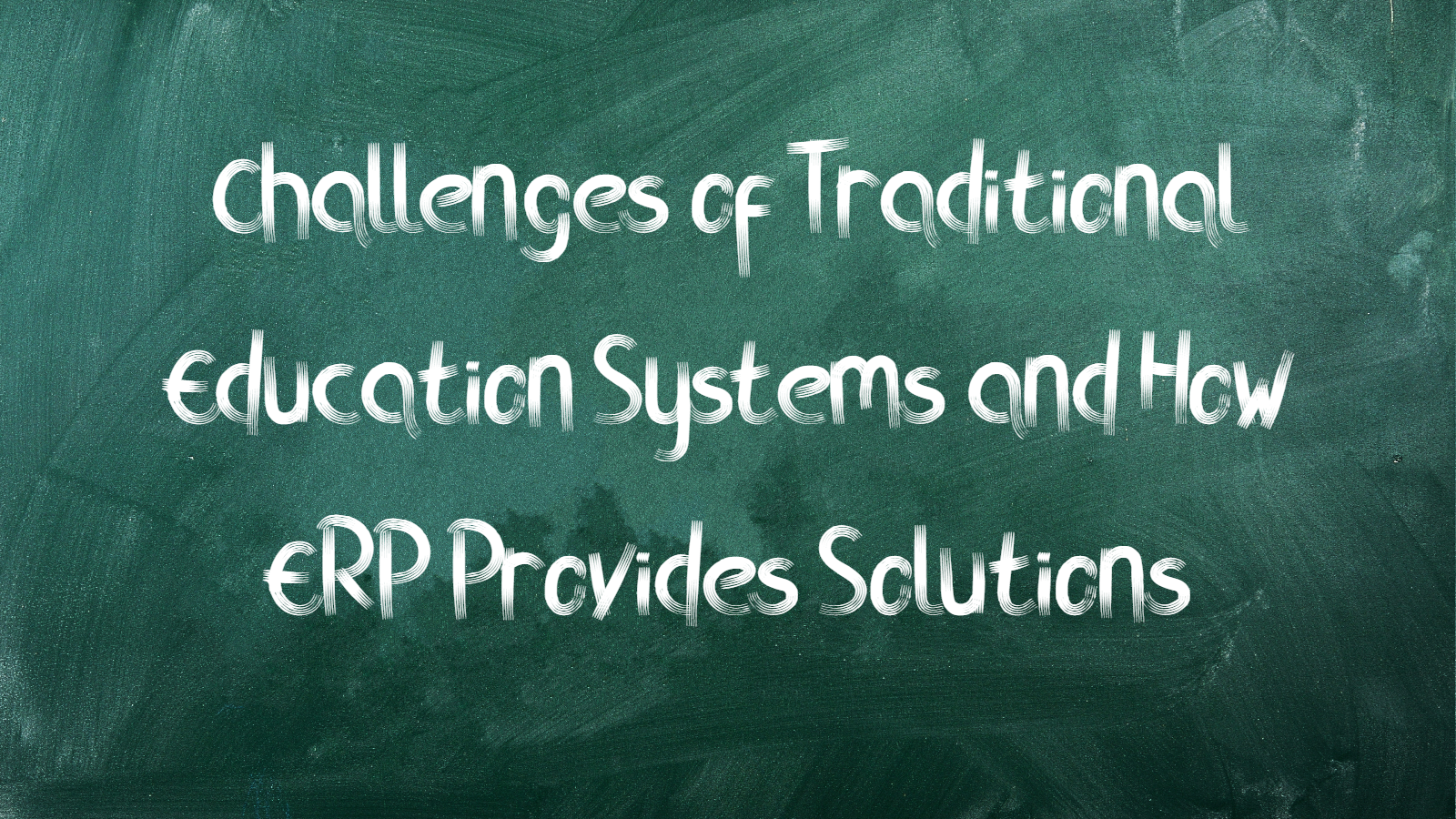Introduction
In the rapidly evolving world of education technology, schools and institutions are constantly seeking efficient ways to manage and enhance the learning experience. Two key players in the education sector are Learning Management Systems (LMS) and Student Management Software (SMS).
While these terms are often used interchangeably, they serve distinct purposes in the education ecosystem. In this blog post, we’ll look into the differences between an LMS and SMS, explore their unique features, and help you understand which solution aligns better with your educational objectives.
Understanding Learning Management Systems (LMS)
A Learning Management System (LMS) is a comprehensive platform designed to facilitate the administration, documentation, tracking, and delivery of educational content. It serves as a centralized hub for educators to create, manage, and deliver courses, as well as for students to access learning materials, submit assignments, and engage in collaborative activities. LMS systems are widely used in both traditional and online learning environments.
Key Features of Learning Management Systems
Course Content Management: LMS enables educators to organize and upload course content, including videos, presentations, quizzes, and assignments.
Student Interaction and Collaboration: LMS platforms often include features such as discussion forums, messaging, and collaborative tools, fostering interaction among students and between students and instructors.
Assessment and Feedback: LMS provides tools for creating and administering assessments, quizzes, and exams. It also allows for timely feedback on student performance.
Progress Tracking: Educators can monitor students’ progress, track completion rates, and identify areas where additional support may be needed.
Integration with Other Tools: Many LMS platforms offer integration with third-party tools, making incorporating additional resources and technologies into the learning environment easier.
Understanding Student Management Software (SMS)
On the other hand, Student Management Software (SMS) is designed to streamline administrative tasks related to student information and records. It serves as a comprehensive database for student data, facilitating efficient management of enrollment, attendance, grading, and other administrative processes.
Key Features of Student Management Software
Enrollment and Admissions: SMS systems manage the entire student lifecycle, from the admission process to enrollment and graduation, maintaining a centralized repository of student information.
Attendance Tracking: SMS allows schools to monitor and track student attendance, helping educators identify patterns and address potential issues.
Grading and Transcript Management: SMS simplifies the grading process, allowing educators to input grades, calculate GPAs, and generate transcripts with ease.
Communication with Parents: SMS often includes features for communicating with parents, and providing updates on student progress, attendance, and other relevant information.
Reporting and Analytics: SMS systems generate reports and analytics on various aspects of student performance and administrative processes, enabling data-driven decision-making.
Comparing LMS and SMS
Now that we have a clearer understanding of the key features of both LMS and SMS, let’s compare them in terms of their primary functions:
Focus and Purpose:
LMS: Primarily focused on facilitating teaching and learning activities.
SMS: Primarily focused on managing administrative tasks related to student information.
User Interaction:
LMS: Emphasizes student-teacher and student-student interaction through collaborative tools.
SMS: Focuses on communication between educators, administrators, and parents.
Data Management:
LMS: Manages course content, assessments, and student performance data.
SMS: Manages student information, enrollment, attendance, and grading data.
Integration:
LMS: Often integrates with various educational tools and resources.
SMS: Integrates with other administrative systems for holistic school management.
Choosing the Right Solution
Ultimately, the choice between an LMS and SMS depends on the specific needs and goals of an educational institution. If the primary objective is to enhance the teaching and learning experience, an LMS would be the ideal choice. On the other hand, if streamlining administrative tasks and efficiently managing student information is the priority, an SMS would be more suitable.
Conclusion
Both Learning Management Systems and Student Management Software play crucial roles in shaping the modern learning environment. Understanding the distinct features and purposes of each solution is essential for educational institutions to make informed decisions that align with their goals. As technology continues to evolve, staying up-to-date on these advancements ensures that educators and administrators can leverage the best tools to provide a seamless and enriching educational experience for students.
Frequently Asked Questions (FAQs)
What is an LMS, and how does it differ from an SMS?
LMS (Learning Management System): An LMS is a software application that facilitates the creation, management, and delivery of educational content. It focuses on the learning aspect, including course creation, content delivery, and assessment.
SMS (Student Management System): An SMS, on the other hand, is a broader system that deals with student-related administrative tasks. It includes features like enrollment, attendance tracking, grade management, and student records.
What are the key features of an LMS?
An LMS typically includes features such as content creation, course delivery, assessment tools, discussion forums, and analytics to track student progress in learning activities.
What functionalities does an SMS offer?
An SMS provides features related to student administration, including enrollment management, attendance tracking, grade management, student records, and communication tools for administrative purposes.
How do LMS and SMS contribute to the overall efficiency of an educational institution?
LMS: Enhances teaching and learning experiences by providing a centralized platform for course management, content delivery, and interactive learning tools.
SMS: Streamlines administrative tasks, reducing manual work in areas such as enrollment, attendance tracking, and record-keeping, leading to overall operational efficiency.
In terms of priority, which system should an educational institution implement first – LMS or SMS?
The priority depends on the institution’s immediate needs. If the focus is on improving teaching and learning experiences, implementing an LMS might be the initial step. For institutions facing challenges in student administration, an SMS could be the priority.
Can an institution use LMS and SMS interchangeably?
While there may be some overlap in functionalities, LMS and SMS serve distinct purposes. Institutions often use both systems to manage educational content and administrative tasks effectively.








